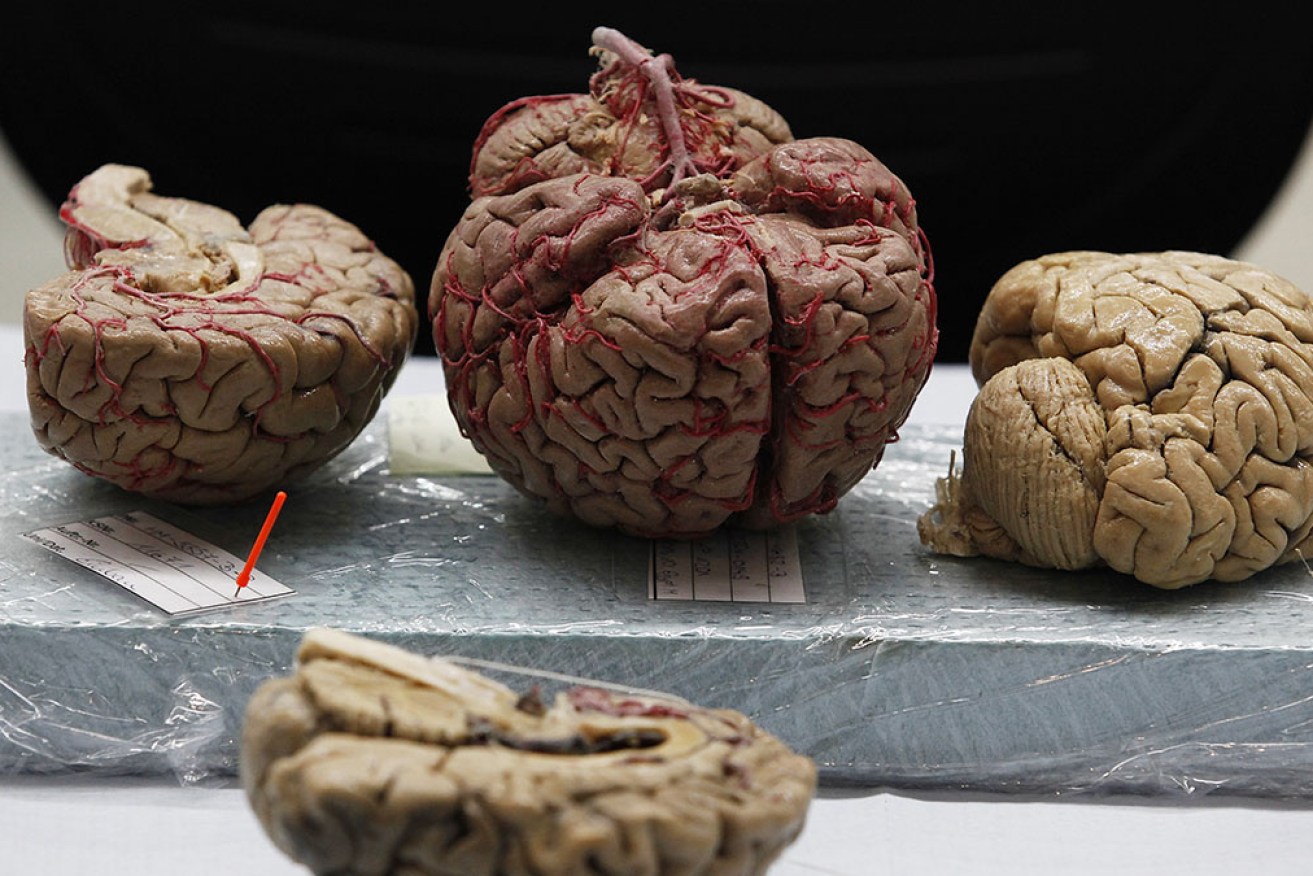Breakthrough offers hope Parkinson’s could be predicted 20 years before symptoms set in


Science might soon be able to accurately diagnose Parkinson's disease up to 20 years before symptoms appear. Photo: Getty
In a significant breakthrough that could change the way Parkinson’s disease is treated, scientists have discovered how to diagnose the disease up to 20 years before symptoms appear.
It relates to previously unrecognised changes in the production of serotonin, often called the happiness drug.
The researchers, from King’s College London, believe the discovery is so significant it could lead to new therapies to slow and, ultimately, prevent the progression of the disease.
Parkinson’s, which affects six million people globally (and is the second most common neurodegenerative disorder after Alzheimer’s disease) features a build-up of the protein a-synuclein in the brain, the progressive death of nerve cells that produce the neurotransmitter dopamine, and inflammation.
These changes cause symptoms such as involuntary shaking, slow movement, stiff muscles, cognitive problems and changes in mood and personality.
It was known that Parkinson’s goes to work in the brain years before diagnosis.
Now, the King’s College researchers have found evidence, for the first time, that changes to the serotonin system – last year implicated with the disease – occur years before symptoms become apparent.
Serotonin is the neurotransmitter known as the happy chemical, but has a complex and extensive role in brain function.
Perhaps significantly – given the growing evidence that Parkinson’s is linked to gut health – 90 per cent of our serotonin is actually produced by microbes in our digestive tract.

Brain imaging showing loss in serotonin function as Parkinson’s disease progresses. Red/yellow areas show that serotonin function reduces before movement symptoms develop. Photo: King’s College London
“Parkinson’s disease has traditionally been thought of as occurring due to damage in the dopamine system, but we show that changes to the serotonin system come first, occurring many years before patients begin to show symptoms,” said lead investigator Professor Marios Politis in a prepared statement.
“Our results suggest that early detection of changes in the serotonin system could open doors to the development of new therapies to slow, and ultimately prevent, progression of Parkinson’s disease.”
How did they make this discovery?
How Parkinson’s choose its victims isn’t yet understood in the vast majority of cases. But there are about 100 people in the world with a rare mutation in the SNCA gene that all but dooms them to developing the disease.
These people are confined to the northern Peloponnese in Greece, where the mutation originated, and to some villages in Italy.
In a fascinating explainer at The Conversation, the researchers note: “This makes them ideal subjects for studying the root causes of this debilitating condition.”
Because people with the mutation tend to display symptoms of Parkinson’s disease in their 40s or 50s, the researchers “wanted to study subjects in their 20s and 30s to see if there were any brain changes a decade or more before symptoms started”.
They found 14 people with the mutation who agreed to travel to London for brain imaging scans.
A further 65 patients with non-genetic Parkinson’s disease and 25 healthy volunteers were also scanned.
“Seven of our volunteers, who kindly visited our lab for 10 days of brain imaging and neurological tests, had no motor symptoms and seven had been diagnosed with Parkinson’s disease,” the researchers wrote.
They found found the serotonin system starts to malfunction in people with Parkinson’s before symptoms affecting their movement, and before changes to the dopamine system.
Research associate Heather Wilson, first author of the study, said: “We found that serotonin function was an excellent marker for how advanced Parkinson’s disease has become. Crucially, we found detectable changes to the serotonin system among patients who were not yet diagnosed.”
“Therefore, brain imaging of the serotonin system could become a valuable tool to detect individuals at risk for Parkinson’s disease, monitor their progression and help with the development of new treatments,” Ms Wilson said.
Fellow researchers in the Parkinson’s field, not involved in the study, likewise see the potential of the finding, but have called for further research.








